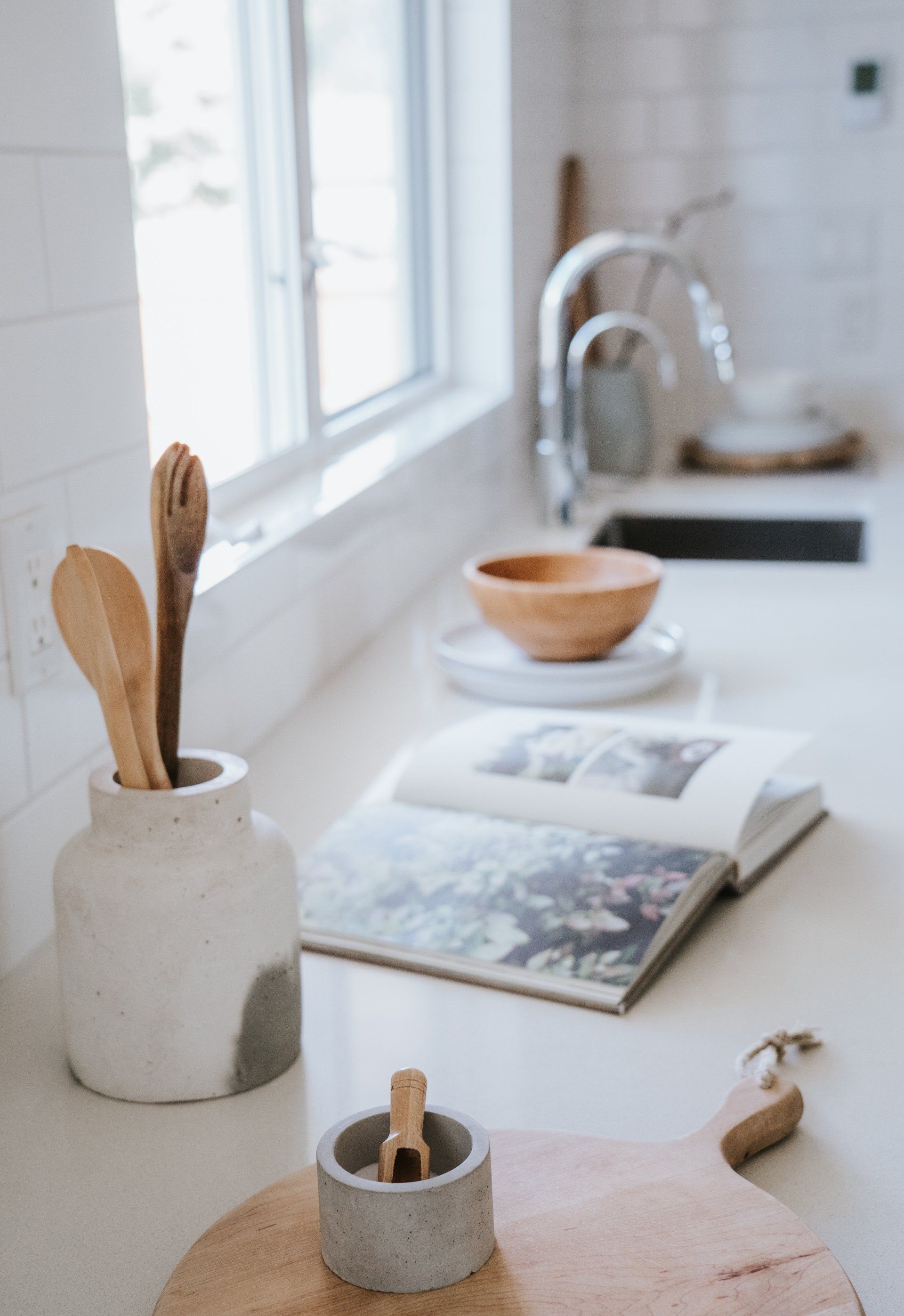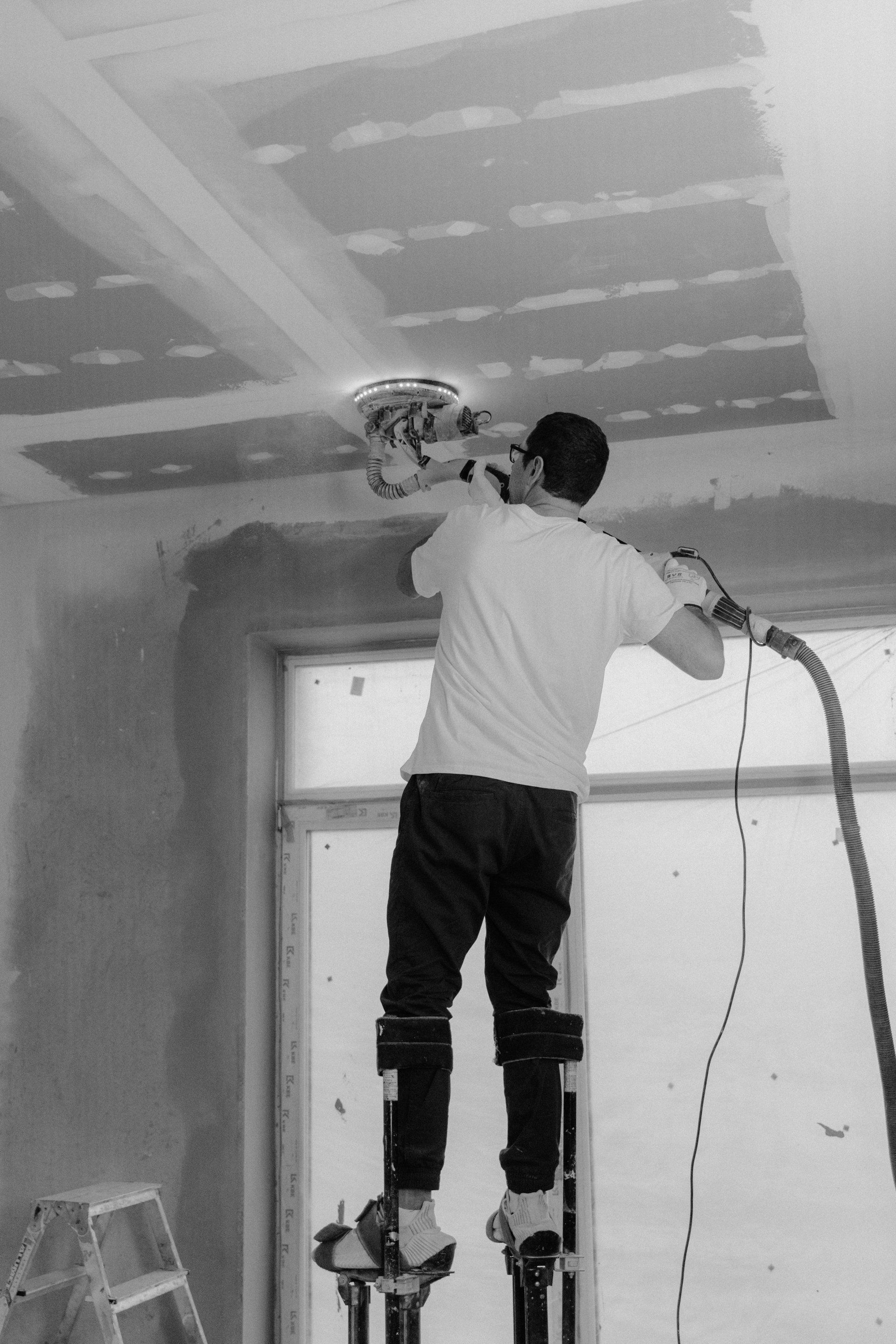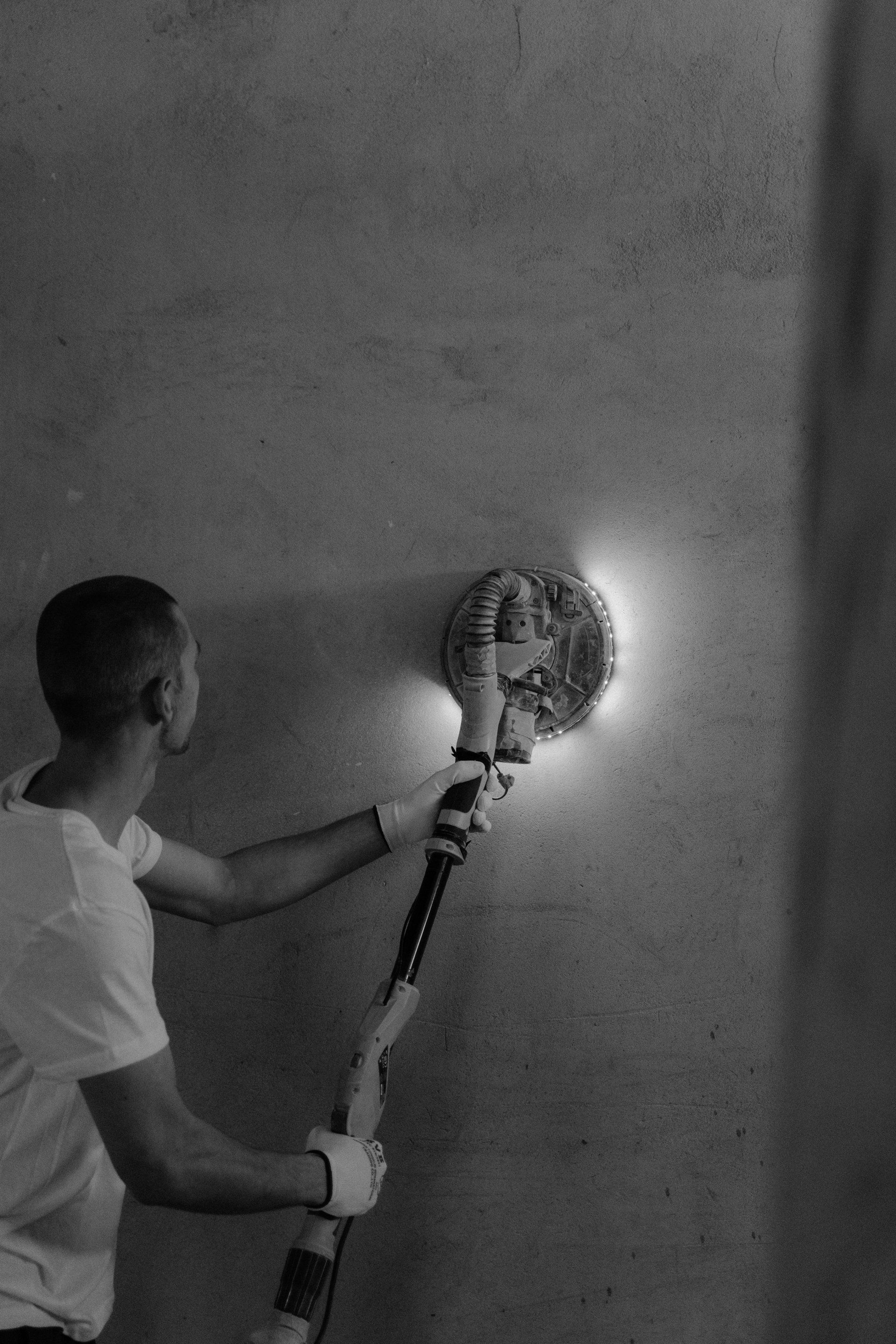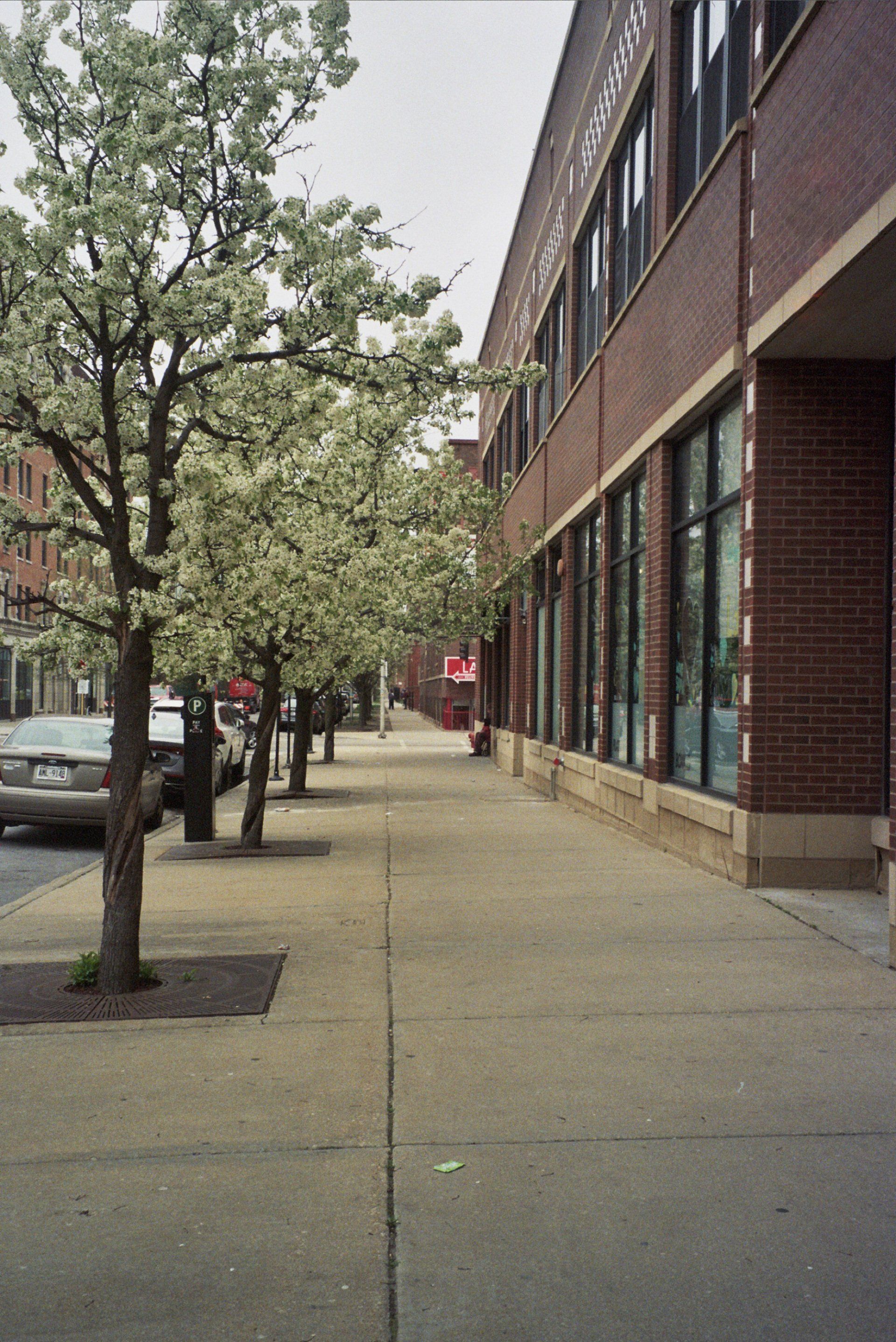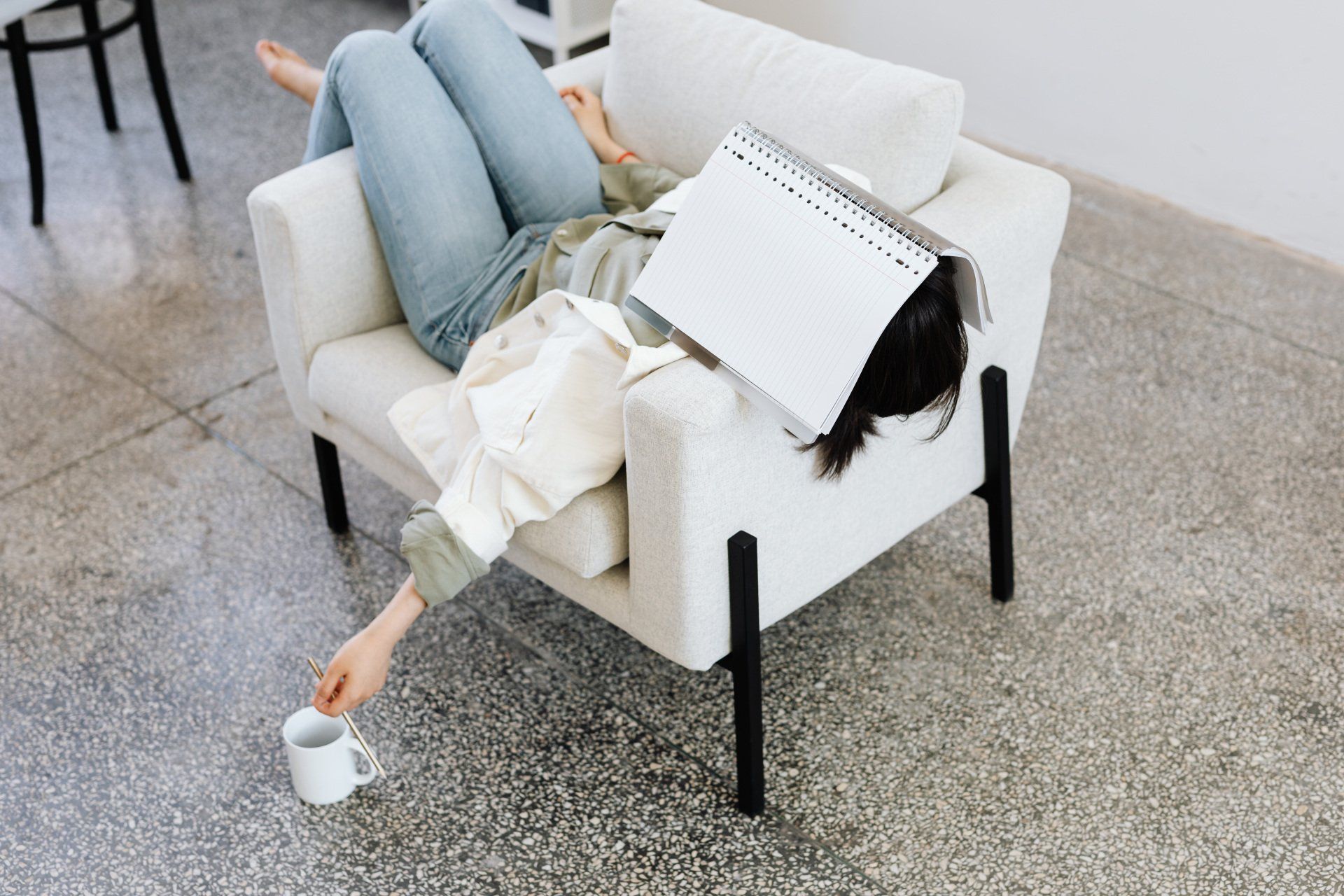Reduce the Misery of Springtime Allergies with Easy-Care Concrete Floors
Reduce the Misery of Springtime Allergies with Easy-Care Concrete Floors
Have you ever had allergies? If you or a loved one suffers from asthma or allergies, you're aware that the arrival of spring is met with mixed emotions. With the warm temperatures bringing out tiny blossoms and soft green leaves, people suffering from allergies grab boxes filled with Kleenex as well as Benadryl caps before heading out to take in the sun. But outdoor activities aren't the only allergy trigger, as indoor factors can lead to the heightened incidence of asthma and allergy issues this time of year:
- The bedrooms of the house are home to the most dust mites than any other space.
- The dust in the air is the most significant trigger triggering indoor allergies.
- Mold spores can be found in water spots in kitchens, bathrooms, and laundry rooms
Easy-to-clean floors reduce harmful dust
Dust is the most significant source of indoor allergens, and your floors are the biggest surface that gathers dust. Floors that draw and hold dust, such as carpeting or rough surfaces made of wood or tile grout, are more difficult and laborious to clean, which could result in unclean (and extremely filthy) floors. It's not a problem for concrete floors sealed with the sealer, which means dust bunnies are easy to remove with the help of a microfiber dust mop, so it's simple to keep clean floors in only a few minutes, as opposed to 20 minutes using the use of a vacuum. If you opt for staining concrete or stamping concrete that has fake wood or stone patterns, the smooth, seamless surface is resistant to dirt and dust on baseboards and corners. It is not necessary to move furniture around to get an extensive cleaning. A dust mop allows you to get underneath and behind furniture to keep floors clean and clean.
- Carpet padding and carpets that could be home to dust mites and pet dander. Also, it can harbor mildew and mold with allergen-free decorative concrete as well as smooth concrete flooring.
- Place washable area rugs in areas where you require softness.
- The sealed surface is resistant to spills from drinks and food as well as accidents caused by pets. A damp, clean cloth can quickly solve any issue.
Make sure that you keep the moisture away from your flooring
Basement floors are known for their water issues; however, other flooring options in your home may be a contributing factor to allergic flare-ups too. Carpeting and seamed flooring, such as tile with grout lines, planks of wood or vinyl flooring, and tiles with stick-on backing, can all accumulate moisture in the seams, resulting in hidden mold and moisture. The sources of moisture include drinks, water spills, or pet accidents that could also contribute to the creation of smells that linger. The development of mold and bacteria can cause severe reactions in asthma and allergy sufferers. The decorative concrete floors are waterproof with finishes that are resistant to staining and spills, which means that nothing is able to get under the surface and create a breeding place for allergens of every kind.
- Concrete finishes with decorative designs can deter the growth of mildew and mold in places where moisture could be an issue, such as bathrooms, kitchens, and laundry room.
- Take pleasure in the appearance of marble, tile faux stone, and wood plank designs on beautiful concrete flooring that resemble the authentic materials but with no seams that are vulnerable to abrasion and grout.
- A brand new, attractive concrete basement floor that has an anti-moisture barrier and a tough, industry waterproof surface makes a fantastic foundation for keeping your entire home dry.
Concrete Edmonton Quote
